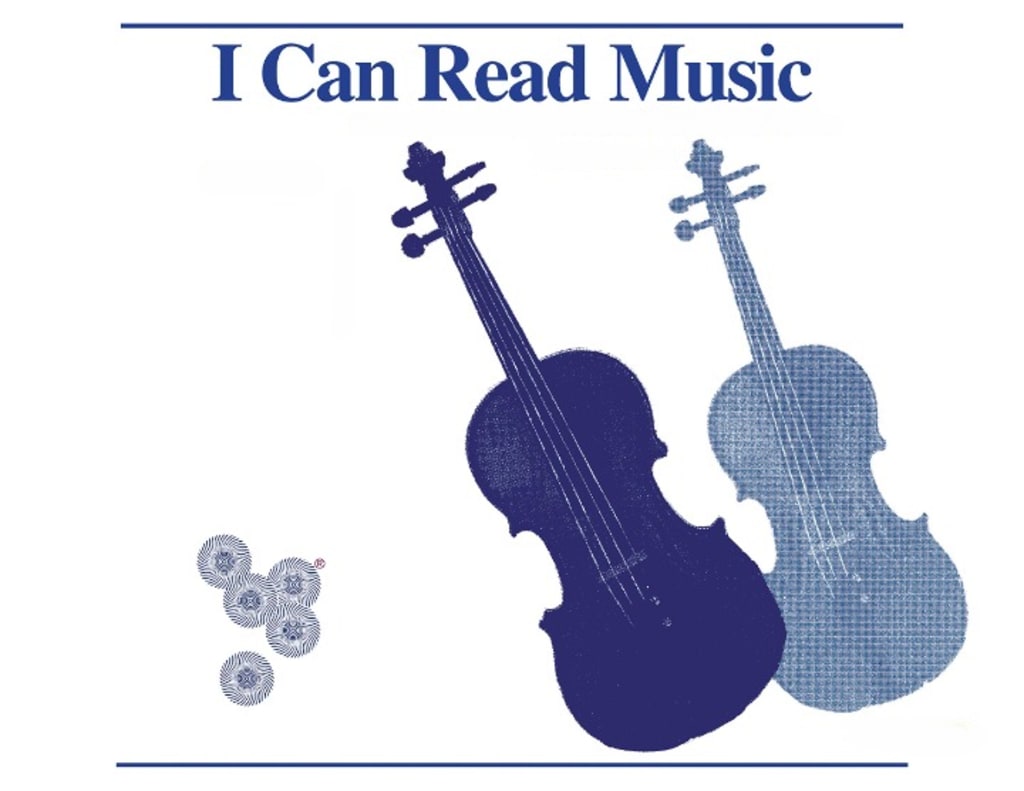"Mastering the Art of Reading Music: Understanding Treble and Bass Clefs"
Tips for Reading music!

Reading music is an essential skill for any musician, as it allows them to understand and perform written compositions. The process of reading music involves interpreting the symbols and memorandum set up on a distance of music in order to play the correct notes on an instrument. At its utmost introductory position, reading music involves understanding the layout of a distance of music, including the staff, clefs, and note values. The staff, which is the foundation of distance music, is made up of five vertical lines and four spaces, on which notes are placed.
The two most common clefs used in Western music are the treble clef, which is used for advanced- pitched instruments and voices, and the bass clef, which is used for lower- pitched instruments and voices. Notes are represented by different symbols, similar as round notes or round- shaped notes, and have varying lengths, similar as whole notes, partial notes, and quarter notes.
In addition to understanding the introductory layout and symbols of distance music, reading music also involves understanding crucial autographs, time autographs, dynamics, and other musical memorandum. As a musician progresses in their skill position, they will also need to learn how to sight- read, which is the capability to snappily read and play new pieces of music.
This skill is essential for musicians who regularly perform in ensemble settings, similar as symphonies or bands, as well as for session musicians who must be suitable to snappily learn new pieces of music. Sight- reading also requires a solid understanding of music proposition, as well as the capability to snappily reuse and interpret the symbols and memorandum set up on a distance of music.
There are numerous coffers available for learning to read music, including music proposition books, online tutorials, and private assignments. One popular system for learning to read music is through the use of distance music with accompanying recordings, which allows the pupil to hear the piece of music as they learn to read and play it. Practice is also essential for perfecting one's capability to read music, as it allows the musician to make the chops and muscle memory demanded to snappily and directly interpret distance music. Overall, reading music is an essential skill for any musician, and the capability to read music opens up a wide range of openings for musicians, from playing in ensemble settings to getting a successful session musician. With practice and fidelity, anyone can learn to read music and come a complete musician.
Treble clef :
The treble clef is a symbol used in Western music memorandum to indicate the pitch of written notes. It's also known as the G clef because it ringlets around the G line on the staff. The treble clef is used for advanced- pitched instruments and voices, similar as the violin, flute, and soprano voice. It's generally placed at the morning of the staff on the alternate line, which represents the note G above middle C. Once the clef is set, the notes on the lines and spaces of the staff can be linked by their letter names, similar as E, G, B, D, and F, which are also known as the mnemonic" Every Good Boy Does Fine" When reading distance music written in treble clef, the musician will use the note names and positions on the staff to play the correct pitches on their instrument. The musician will also have to take into consideration the crucial hand and time hand when reading distance music. Good understanding of music proposition is also important for interpreting the distance music.
Bass clef:
The bass clef is a symbol used in Western music memorandum to indicate the pitch of written notes. It's also known as the F clef because it ringlets around the F line on the staff. The bass clef is used for lower- pitched instruments and voices, similar as the bass guitar, cello, and bass voice. It's generally placed at the morning of the staff on the fourth line, which represents the note F below middle C. Once the clef is set, the notes on the lines and spaces of the staff can be linked by their letter names, similar as G, B, D, F and A, which are also known as the mnemonic" Good Boys Do Fine Always" When reading distance music written in bass clef, the musician will use the note names and positions on the staff to play the correct pitches on their instrument. The musician will also have to take into consideration the crucial hand and time hand when reading distance music. Good understanding of music proposition is also important for interpreting the distance music. It's important to note that it isn't uncommon for a musician to be suitable to read and play in both clefs, as numerous instruments, similar as piano and guitar, have a range that spans both the treble and bass clefs.
Tips to read music :
1. Familiarize yourself with the basics of distance music layout, including the staff, clefs, and note values.
2. Exercise relating and naming notes on the staff, using flashcards or online coffers to help you study the notes.
3. Learn to fete crucial autographs and time autographs, and understand how they affect the way a piece of music is played.
4. Exercise sight- reading regularly, using distance music with accompanying recordings to help you hear the music as you play it.
5. Study music proposition to gain a deeper understanding of how music works and how to interpret the symbols and memorandum on a distance of music.
6. Exercise regularly, indeed if it's just a many twinkles a day. thickness is crucial to developing your reading chops.
7. Use a metronome to help you keep the correct tempo when playing.
8. Consider taking private assignments or joining a music group to admit guidance and feedback on your reading chops.
9. Do not get discouraged if you make miscalculations, it's a natural part of the literacy process.
10. hear to as important music as possible, and try to identify the different rudiments you are hearing, similar as air, harmony, and meter. This will help you understand how the written music relates to the sounds you are hearing.
About the Creator
Suresh Natarajan
Welcome to my page where I share my love for the Bible. I am a deeply faithful person, and it brings me great joy to share the lessons I've learned through my faith. Join me as I explore biblical stories and daily prayer! Please Subscribe!
Enjoyed the story? Support the Creator.
Subscribe for free to receive all their stories in your feed. You could also pledge your support or give them a one-off tip, letting them know you appreciate their work.






Comments
There are no comments for this story
Be the first to respond and start the conversation.